Why do babies need to lie flat in a pram?
Wondering why babies need to lie flat? Experts reveal all — plus whether or not a baby should sleep in a pram
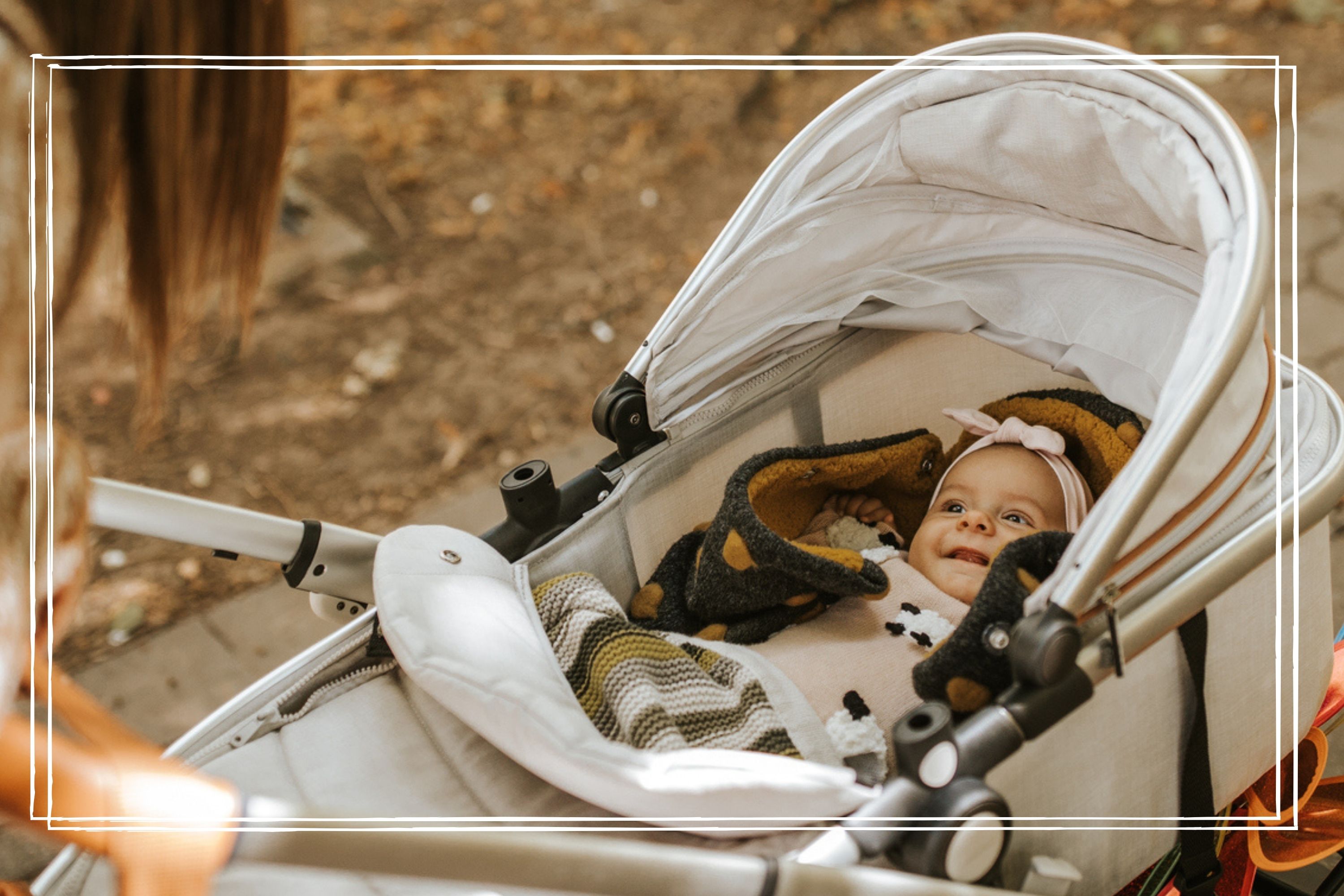
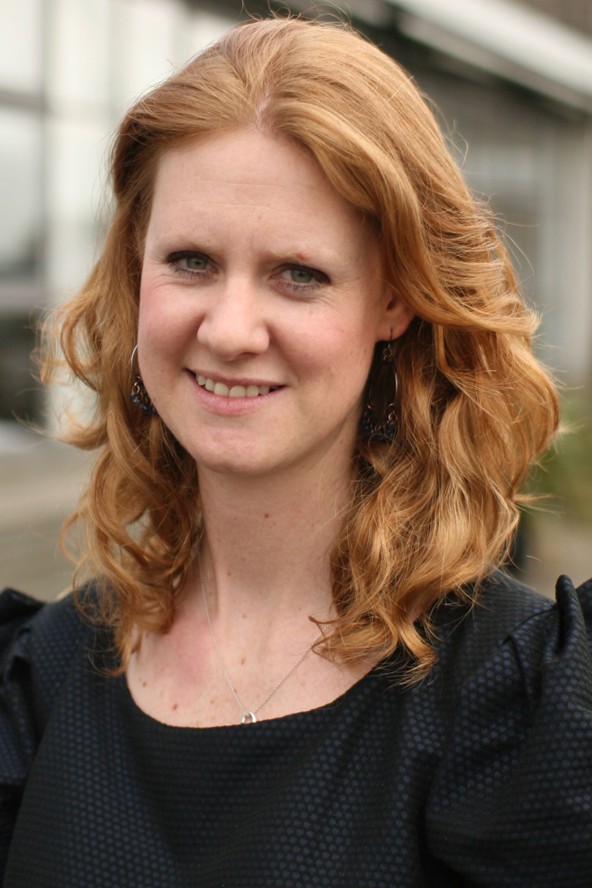
Heidi Scrimgeour
Babies need to lie flat in a pram, pushchair, or stroller - here's why, and what it means when you're shopping for baby equipment.
Choosing the best pram for a newborn can be a confusing business, especially if you’re a first-time parent. There are so many brands to choose from and all the different configurations and setups can leave your head spinning.
It can be especially difficult to work out whether you should opt for a travel system with a detachable bassinet so your baby can lie fully flat from birth to six months, or choose a pushchair with a seat that can recline flat for newborns but then be adjusted to suit a toddler. Once you've solved this conundrum and settled on the perfect set of wheels for your most precious cargo, you need to wrap your head around when your baby stops needing to lie flat and can safely sit in an upright pushchair seat instead.
To help ensure you’re as informed as possible, we asked the experts why babies need to lie flat in a pram during the first six months. Here's what they told us...
Why do babies need to lie flat in a pram?
Lying flat in a pram or pushchair is important for babies under six months because it's the optimal position to support the healthy development of a baby's head, hips, and spine. A baby's lungs continue to develop after birth, and a lie-flat position also ensures optimal breathing, whereas a more upright or seated position can decrease a baby's oxygen saturation level.
“Newborns and small babies can't hold their head upright. This means their heads can fall forward which puts pressure on their windpipe and chest and can impact oxygen supply. This can be dangerous,” says Rosey Davidson, a parenting expert, baby sleep consultant and mum of three. “Laying flat is much better for small babies. It is better for their breathing, but it also means their spine and hips can move freely as they should.”
“Lie-flat pram seats and bassinets are essential for the development of a baby's head and neck muscles, spine and lungs," agrees Georgia Reynolds, mum of two and founder of Aurora Birth Club, which provides antenatal education. "Lying flat gives the most room in their tiny torsos for this to happen."
Prams, which are also sometimes referred to as pushchairs, buggies or strollers, are only suitable for babies under six months old if they have adjustable seats so your baby can lie completely flat, according to NHS guidance. The same advice recommends waiting until your baby can sit by themselves before using a pushchair with an upright seat.
GoodtoKnow Newsletter
Parenting advice, hot topics, best buys and family finance tips delivered straight to your inbox.
How do you secure a baby in a lie-flat position in a pram?
Most bassinet prams don’t have harnesses but have high sides to prevent a baby from falling out. However, if your pram has a seat that reclines completely and is suitable for newborns, it should have a five-point safety harness that fits over the shoulders, between the legs, and around the waist to secure your baby safely. This can be adjusted to fit as your baby gets bigger.
When you're pushing a pram with a baby who is lying flat, make sure you apply the brake whenever you stop moving and, if there is a tether strap, hook this around your wrist to prevent the pram from rolling away from you.


Heidi has three children and has been a consumer writer, specialising in what's worth buying for your baby (and what's not...) for almost 20 years. Her party trick is correctly identifying almost any brand of pram at 20 paces and she is passionate about making the baffling world of baby gear less confusing for parents, carers and grandparents. (As her own mum says, no item of baby gear should require a PhD to work out how to use it!)
"Experts agree that the best pram, pushchair, or stroller for a baby under six months old is one that makes it possible for your baby to lie completely flat," says Heidi Scrimgeour, deputy editor of GoodtoKnow. "This is a really important detail that shouldn't be overlooked so if you’re in doubt about whether a pram is suitable for a newborn, check the manufacturer’s guidance for age restrictions. And factor in that a significant advantage of choosing a pram with a lie flat carrycot is that your baby can safely nap in it too, since they're positioned in the optimal position for safe sleep. Some bassinets are even approved for overnight sleeping so you can just use the pram with you when you go away, without forking out for a travel cot."
Is a travel system suitable to keep a baby lying flat?
Yes, a travel system is a good choice if you're looking for a pram that is suitable from birth and which can keep your baby lying flat. A travel system can safely hold a compatible car seat, a newborn bassinet, and an upright pushchair seat interchangeably. This type of pram makes it easy to move your child from the car to the pram and back again - you just detach the car seat from your vehicle and pop it onto your pram chassis and vice versa, so you don't have to keep unbuckling your child each time you switch between using the car or the pram.
"If you choose a travel system for your baby, it's well worth buying the bassinet attachment as well as the car seat and pushchair seat because, broadly speaking, car seat manufacturers and baby safety experts advise that babies should not be seated in car seats for more than two hours at a time," explains Heidi Scrimgeour. "And for newborn babies, car seat manufacturer Maxi Cosi recommends limiting car journeys to 30 minutes at a time. Much better to use the bassinet on a travel system for babies under six months if you're going to be pushing the pram for more than half an hour."
Car seats that are compatible with travel systems are safe to use on a pram chassis for short periods but they're ultimately designed to keep babies safe when travelling in a vehicle, not as an alternative to a bassinet. The Lullaby Trust advises that babies shouldn’t spend long periods in car seats (and therefore travel systems where car seats are clipped to the chassis). This is because babies may be at risk of breathing difficulties if they sleep in a seated position for too long.
At what age can you switch to an upright pushchair style seat?
Generally speaking, babies can stop using a lie-flat seat or bassinet and travel in an upright pushchair seat once they're around six months old.
“There is no definitive age but, once the baby is sitting unaided at around six months, you'll need to move them (from a bassinet) into the seat unit so that they can be safely strapped in,” explains Georgia.
At around this age, a baby will be able to support their head, and their back and neck muscles will be growing stronger – they may even be able to sit up.
How long should a baby be in a pram for?
Most babies won't want to lie in a pram for an extended period - they'll soon let you know that they're ready to stretch their limbs or have a change of scene. There's no definitive guidance on the maximum amount of time that a baby can safely sit or lie in a pram but if your baby needs to be in a pram for a long period, make sure you take them out regularly to let them stretch their limbs and move around.
Some prams have bassinets that are approved for overnight sleeping so it's a good idea to go for one of these if you intend to let your baby nap or sleep in a pram. The iCandy Orange Crush 3 (was £1,149, now £629 at Kiddies Kingdom) is a good example and you can read our iCandy Crush 3 review here. But always check the manufacturer’s guidance for safety guidelines before using a pram for sleep.
Can babies sleep in a pram?
Babies should not sleep in prams for extended periods unless you choose one with a carrycot that is approved for overnight sleeping. That said, prams with bassinets and lie-flat seats suitable from birth are typically intended for babies under six months old, who tend to sleep much more frequently than older babies. It's fine for a baby to take a nap in a pram, as long as you monitor them regularly, adhere to safe sleep guidelines, and never leave a sleeping baby unsupervised in a pram.
“Make sure you are observing them, and not covering the pram with blankets or muslins, which is a risk for overheating,” adds Rosey. “The pram should be firm, flat, and safe for your baby. Make sure the base is not tilted.”
One of the biggest risks when a baby is sleeping is overheating – this is known to increase the risk of sudden infant death syndrome (SIDS). “Keep checking your baby's temperature - you can do this by feeling the back of their neck or chest - and adjust layers of clothing accordingly to ensure they don't get too hot. Make sure that you choose a pram that has an adjustable shade or hood, to protect your baby from the elements,” Rosey adds.
“All prams can be used for supervised sleep, but if you want to use your pram for overnight sleeping do check that your carrycot complies with European standard legislation EN1466,” says Georgia. “Whilst it isn't mandatory for manufacturers to test to this standard, you can be assured that those which pass are as safe as a Moses basket or cot for sleeping in.”

Georgia is a mum of two and an antenatal educator. She founded Aurora Birth Club to provide a community for parents as they navigate pregnancy, birth and new parenthood. Georgia is passionate about ensuring every new parent feels empowered, supported, and prepared for parenthood.

Rosey is a parenting expert and the founder of Just Chill Baby Sleep, an infant sleep consultancy focused on providing straightforward, no-nonsense sleep advice to parents. She is also a Campaigner for Childhood for the NSPCC and a mum of three.
Now that you've established why babies need to lie flat in a pram, have a look at our explainer on What is a travel system? or check out our guide to going running with a pram. We've also got guidance on Stroller vs pram; 10 things you need to know.

Charlotte Duck is an award-winning lifestyle and parenting journalist who writes who regularly writes for Tatler, the Evening Standard, Yahoo, and Hello Magazine about everything from royal hairstyles to fixed-rate mortgages. She was previously Kidswear Editor at M&S and worked in-house at Boden but, while she loves writing about beautiful children's clothes, she has three children who refuse to wear them.
- Heidi ScrimgeourDeputy Editor
-
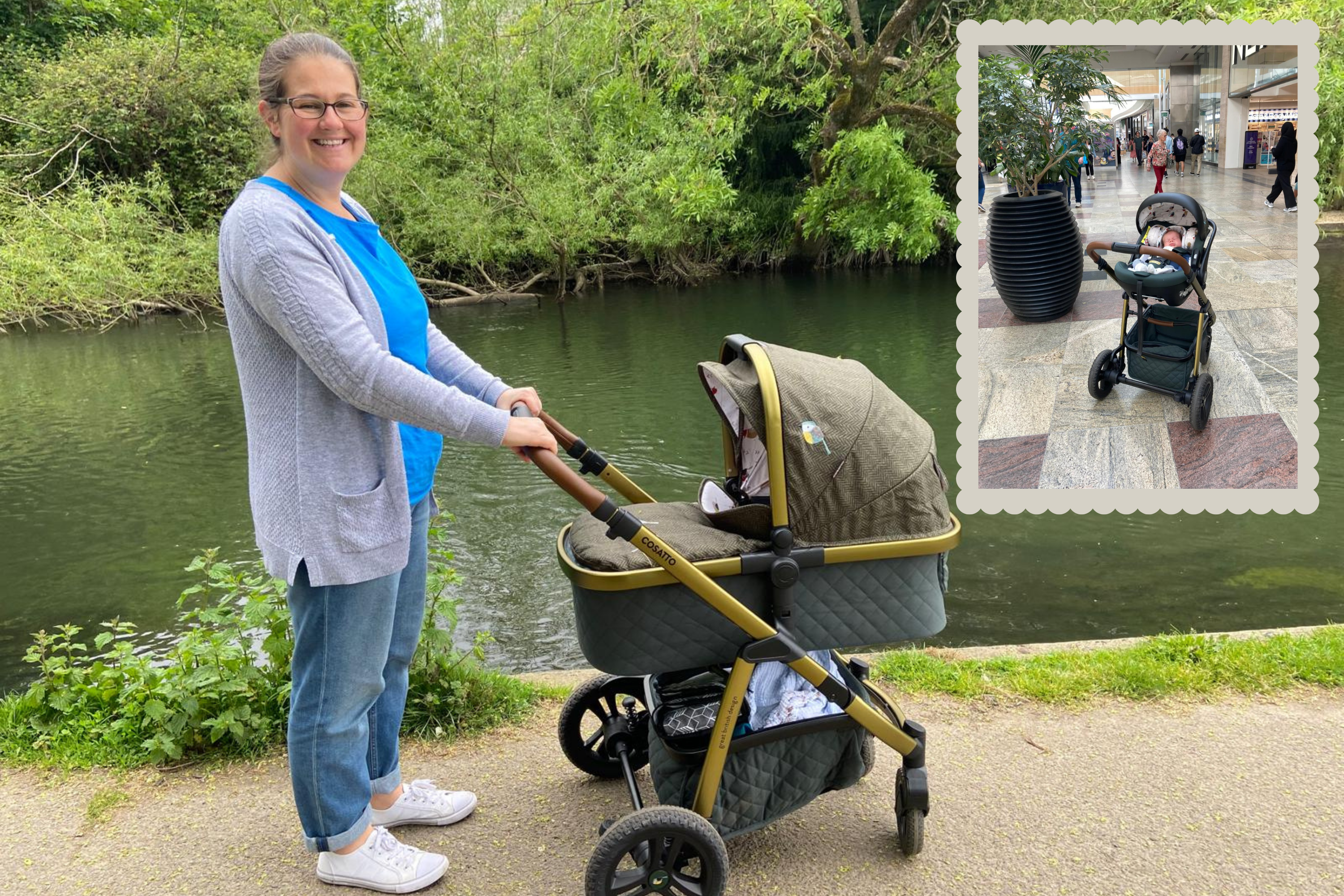 Cosatto Wow 3 hands-on review: practical, beautiful and comfortable - wow!
Cosatto Wow 3 hands-on review: practical, beautiful and comfortable - wow!A versatile travel system with a newborn carrycot, upright pushchair seat and a compatible car seat - everything you need in one stylish package
By Heidi Scrimgeour Published
-
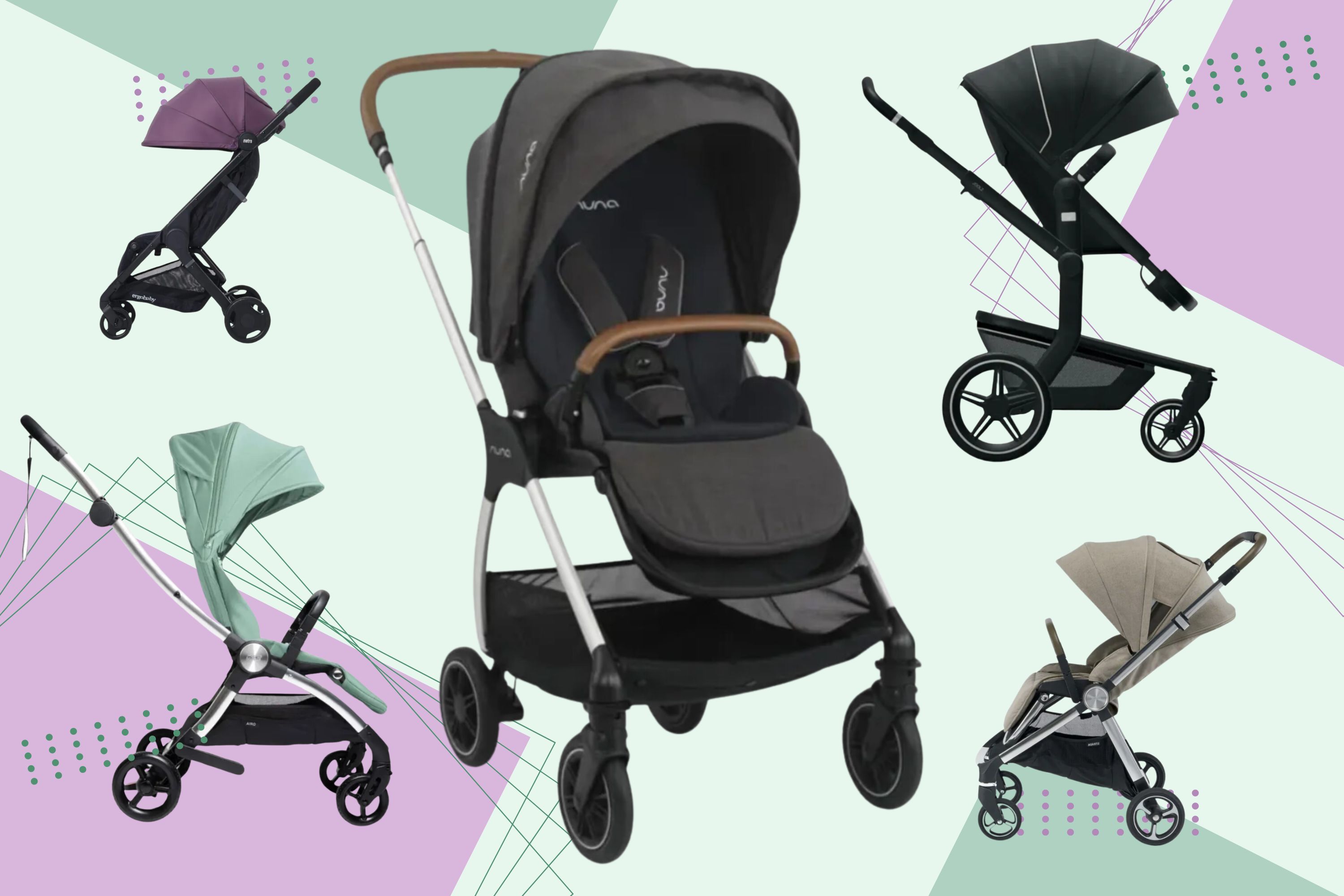 14 of the best pushchairs to buy in 2024: buggies and strollers for growing toddlers reviewed
14 of the best pushchairs to buy in 2024: buggies and strollers for growing toddlers reviewedWe asked a panel of parents to put the latest pushchairs to the test - here's what they thought
By Heidi Scrimgeour Published
-
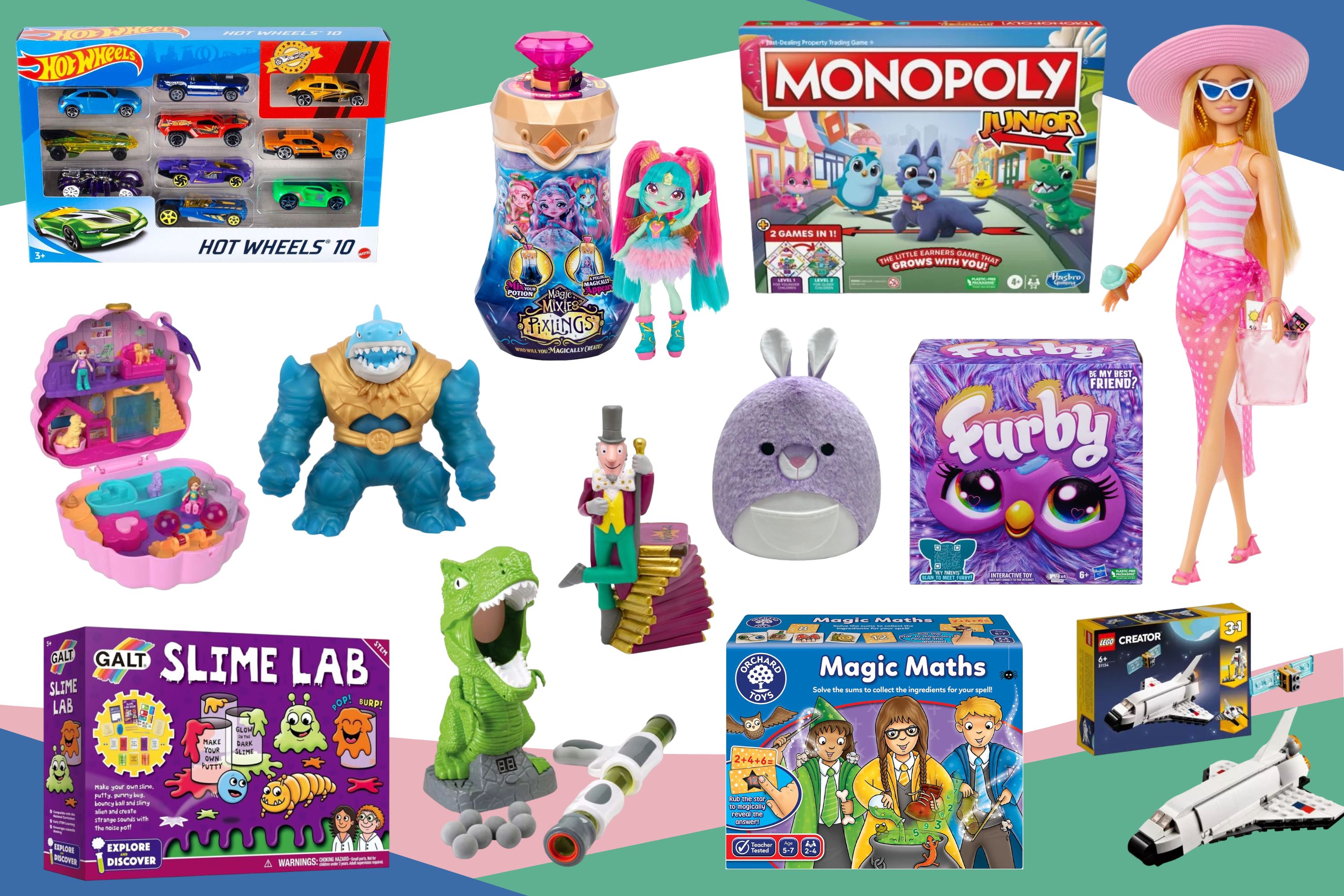 Best toys for 6 year olds 2025: 45 age-appropriate gift ideas from just £6.99
Best toys for 6 year olds 2025: 45 age-appropriate gift ideas from just £6.99From Barbie to slime, and from educational to creative, these top toys for six-year-olds are sure to be a big hit
By Sarah Handley Published
-
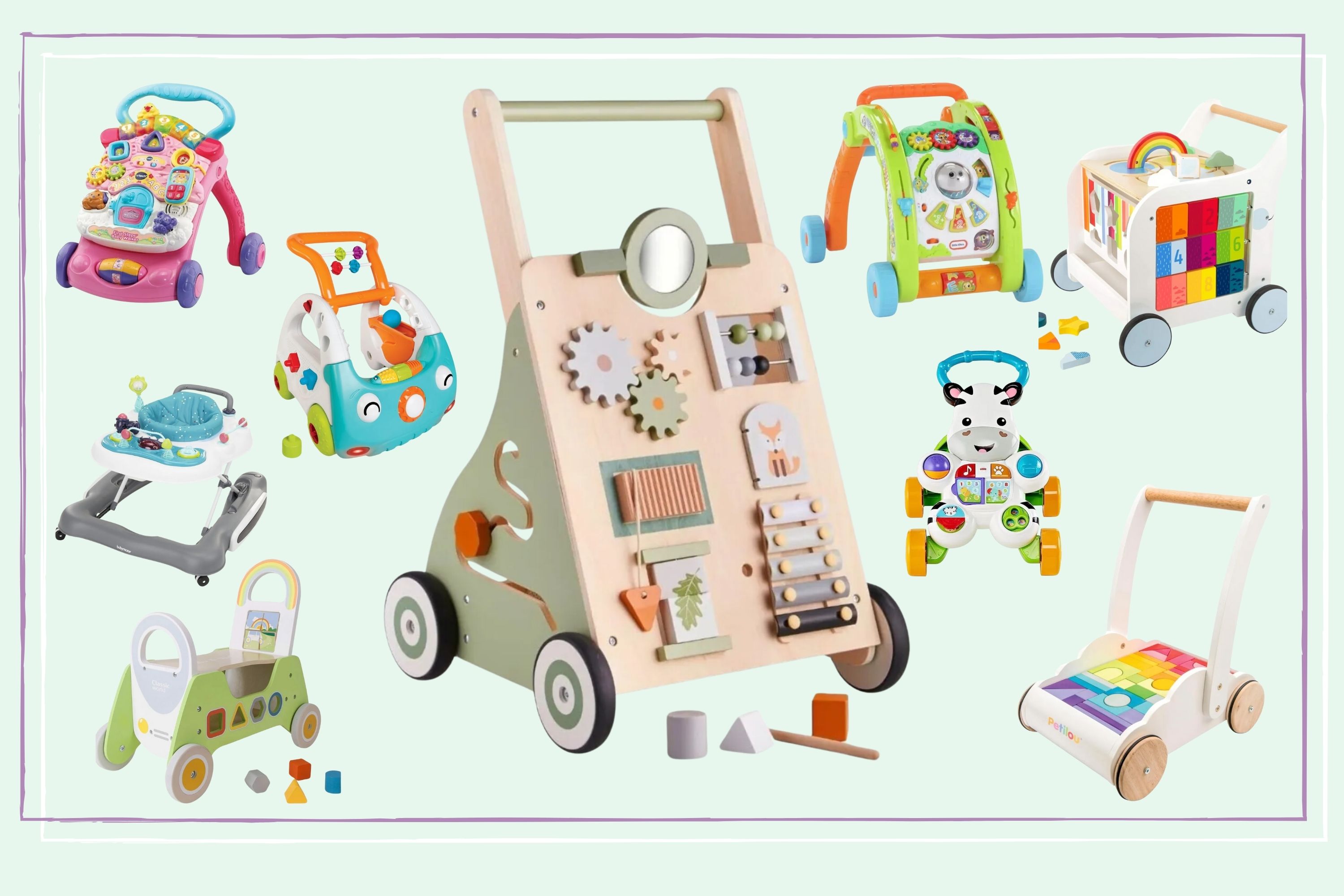 The best baby walkers to buy in 2025: 9 top tried and tested push toys for girls and boys
The best baby walkers to buy in 2025: 9 top tried and tested push toys for girls and boysThe best baby walkers are sturdy and stable — here are the top-rated options that made the cut according to parent testers
By Heidi Scrimgeour Published
-
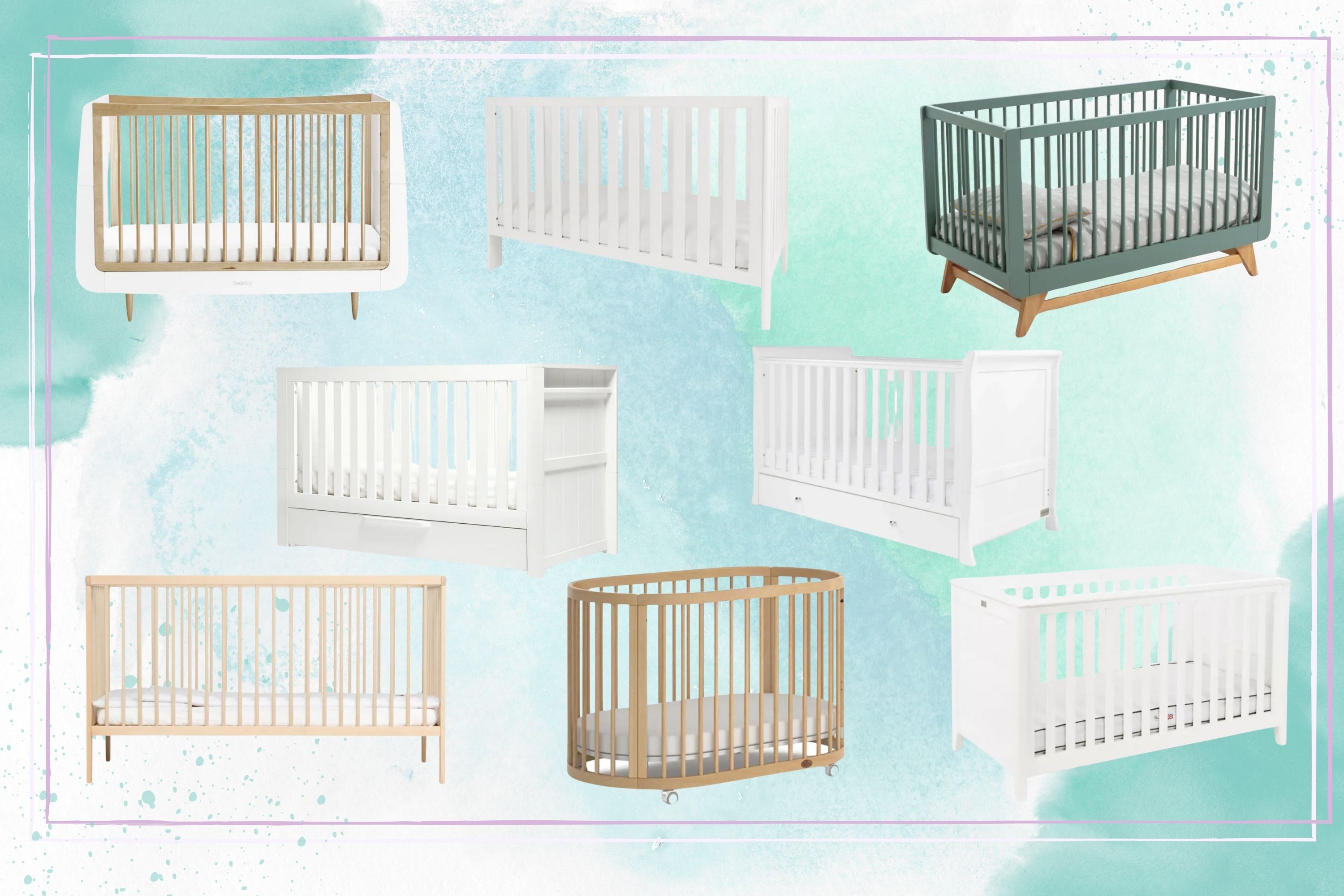 Best cot beds in 2024: 12 sleep solutions, all tried and tested by babies and toddlers
Best cot beds in 2024: 12 sleep solutions, all tried and tested by babies and toddlersDiscover the best cot bed for your baby based on our tried-and-tested parent reviews
By Heidi Scrimgeour Published
-
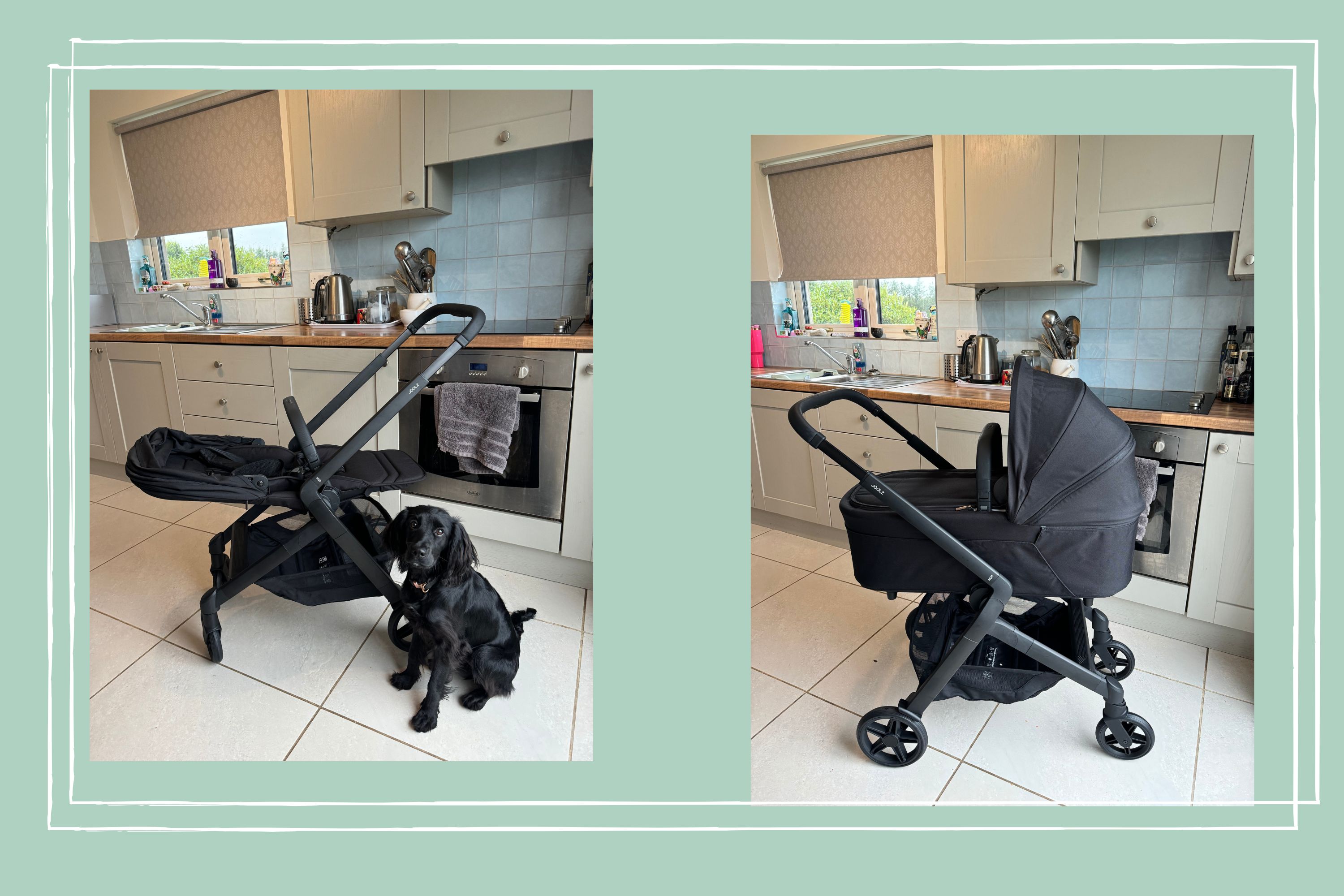 First Look: the new Joolz Hub² is the urban stroller I wish I had when my lads were little
First Look: the new Joolz Hub² is the urban stroller I wish I had when my lads were littleJoolz, the premium pushchair brand, launches its latest masterpiece today - and we got an exclusive early first look
By Heidi Scrimgeour Published
-
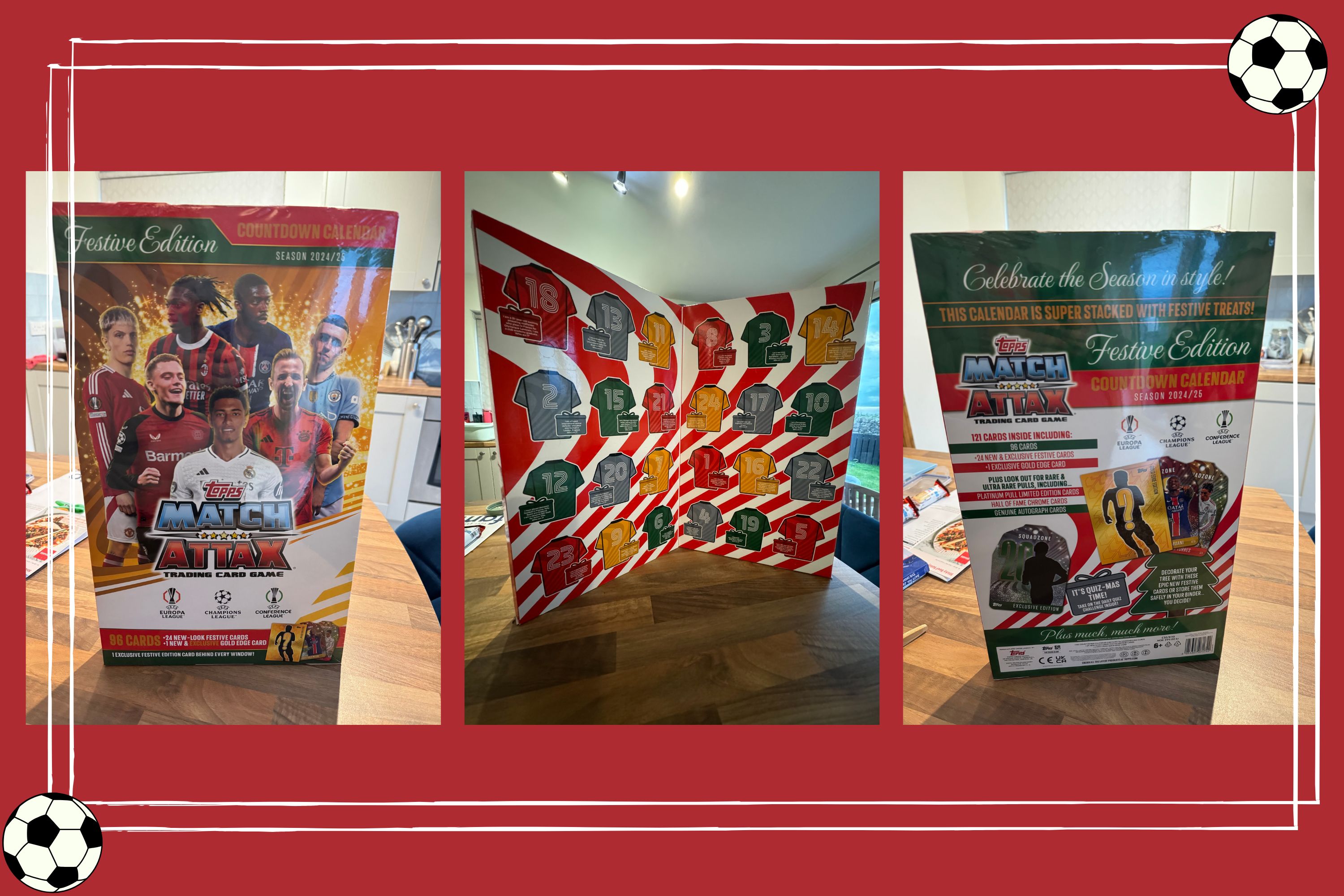 First Look: Match Attax Advent Calendar
First Look: Match Attax Advent CalendarWe recently got our hands on this year's festive must-have for footie fans. It's safe to say our 11-year-old tester (and a total baller) was absolutely thrilled.
By Heidi Scrimgeour Published
-
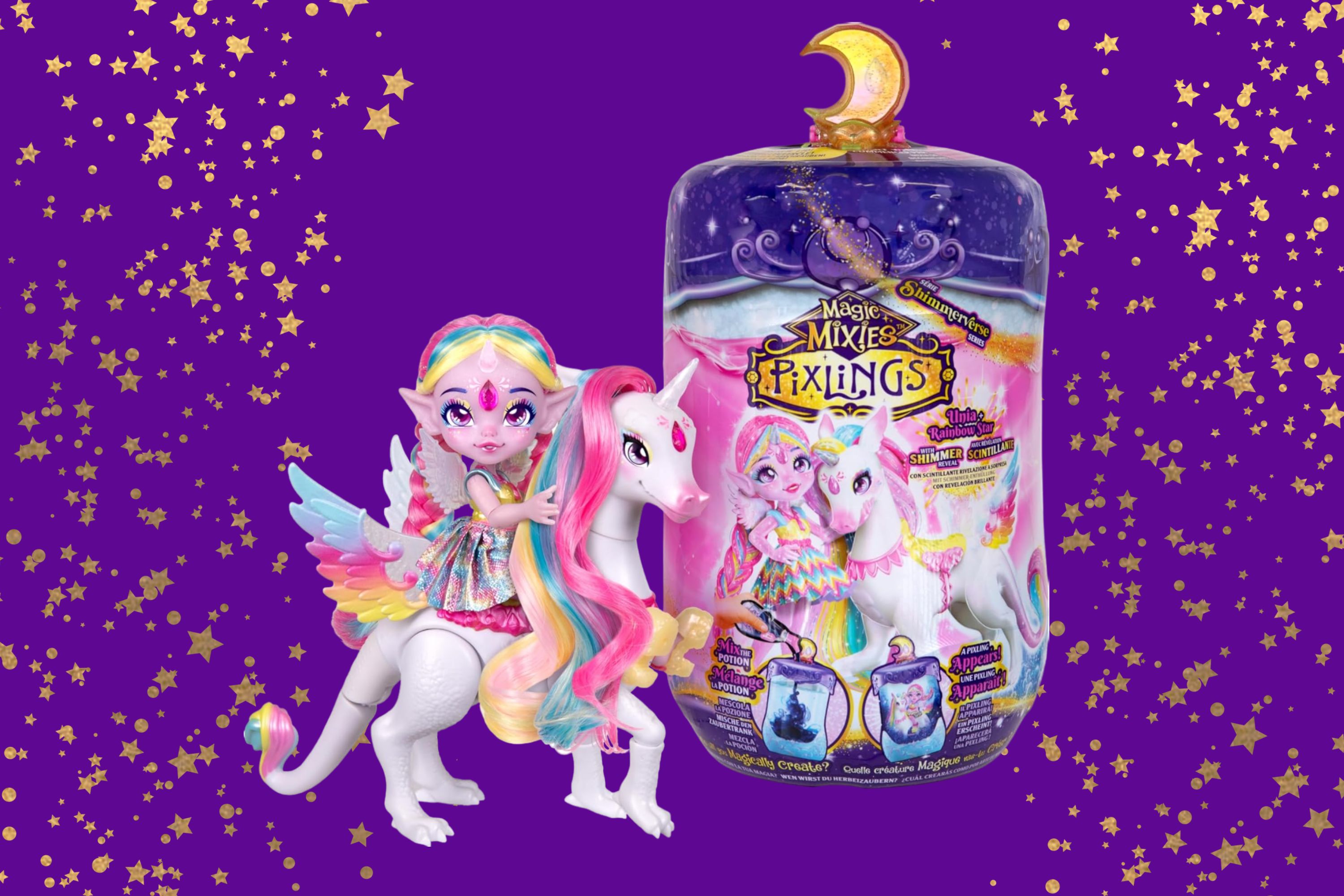 Shimmerverse Pixlings Pegacorn review: this toy might involve a mystery reveal, but it's the doll and her pet that are the real magic
Shimmerverse Pixlings Pegacorn review: this toy might involve a mystery reveal, but it's the doll and her pet that are the real magicFind out how this new Magic Mixies toy faired when tested by our parent tester Punteha and her eight-year-old daughter
By Sarah Handley Published